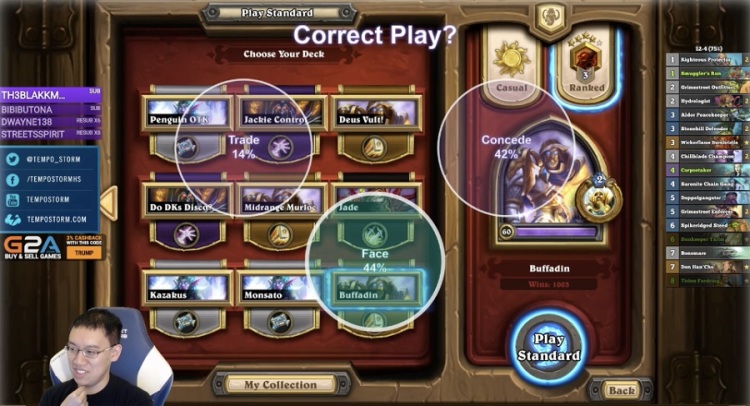
Remember when TV brought the family together? Monday Night Football was father-son time. Baseball was a thing to behold. Now dad is more likely to be binge-watching Netflix, while junior can be found on his iPad.
Televised sports are starting to lose their luster. NFL TV audiences were down 9.7 percent last year, Premier League soccer viewing was down 14 percent in the U.K., and NBC’s viewing for the 2018 Winter Olympics was down 7 percent from four years earlier, even accounting for new viewing methods. Even the Super Bowl has apparently peaked.
Among the litany of reasons mooted – engaging new channels compete for media time. For example, among 18-to-24s, who are at the vanguard of new media adoption, TV viewing is in recession, time spent playing games is rocketing and viewer demand for livestreams is booming. While these new formats and technologies have introduced something new and novel, TV sport, by contrast, has barely innovated since the introduction of slow-motion replays.
But I don’t think the end of live sports has to be a forgone conclusion. There are good reasons why appetite for live streamers — both gamers and others — is voracious. The TV sports industry should not fight live-streaming but, rather, can reinvent itself by borrowing from it. Here’s how:
1) Abandon exclusivity
For pay-TV, exclusive sports used to be the prime subscription driver — but not anymore. Even as TV audiences dwindle, broadcasters are forking out ever-greater sums to be the sole rightsholder. In the U.K., Sky and BT recently renewed their Premier League soccer rights for another three years, paying nearly 25 percent more than three years before.
This is the definition of diminishing returns. A smarter strategy would be to let exclusivity burn.
Today’s rising leisure time is not ballgames — it’s gaming. What has built a concurrent live audience of millions of games like League of Legends and Fortnite? Not being locked down to exclusive livestreaming deals. Rather, it is the freedom of players around the world to broadcast and re-broadcast their efforts, thousands of times over.
By abandoning the traditional TV rights auctions in favor of giving away live sports to anyone who wants to stream them, broadcasting not on just one channel but on perhaps 50,000, tournament organizers will massively increase their overall audience — and may end up making more money from associated advertising than they ever did in direct rights auctions.
2) Replace commentators with community
Why do livestreamers like gamers build massive audiences, often by rebroadcasting essentially the same content as the next guy? It’s because they each put their own spin and authority on proceedings. If you are an Overwatch nut, you want a fellow Overwatch nut to comment on the stream you are watching.
By contrast, TV sports commentators appeal to the masses and, by becoming homogenous, often fail to enliven a match.
By allowing all-comers to rebroadcast a sport stream, tournament organizers would empower enthusiast commentators to present their own unique insights over the top of a match. A Dallas Cowboys fan could bring team-specific analysis and inside info to fellow fans, going far deeper than a neutral “expert” voice. Fans and big brands alike could even customize their streams by adding unique overlays and graphics, making every broadcast a different experience.
For example, see how retired pro gamer Jatt (Joshua Leesman) leverages specialist League of Legends character knowledge and close community contacts to analyze in-play dynamics at a much deeper level than any distant commentator who has to cover games and characters across the board.
In sports, you can see the same kind of approach beginning, like Skip & Shannon’s Undisputed, deep-diving on basketball issues that broadcast does not. But this is the exception rather than the rule. If the same approach was adopted, building large loyal audiences around passions like this, the aggregate audience for televised sport could be multiplied by orders of magnitude.
3) Increase interactivity and participation
It’s not that consumers have wholly abandoned watching in favor of more active entertainment. While sports audiences are shrinking, demand for watching other people play video games is exploding.
But, as this new kind of broadcasting is booming, it offers something classical TV sports does not: audience participation.
With live streaming, you don’t even have to play the game to participate; participation is everywhere. From awarding loyalty points for repeat viewing, to voting on questions posed by a host or fellow viewers, to nominating a most-valuable player and taking social bets on who may score first. It’s less like watching a sport than it is being at a party.
It is this interaction — a multi-directional relationship between hosts and viewers, and between viewers themselves – which keeps everyone engaged, feeling like they are part of something bigger. For sportscasters, threading such features in to their broadcasts is an important way they can reel back viewers whose attention wanders to their smartphone between dramatic moments.
Extra time?
Now, by no means is sports TV on its deathbed, but its decline is going to continue unless the leagues start learning from the technologies and platforms that are stealing their audiences away.
Tournaments and broadcasters need to make their content more fun, more involving, and more appealing to audiences that are fast fragmenting in to spaces that satisfy their need for community, specialness, kinship.
There is time to turn the game around, but I think the big players are going to need to borrow from the live streamers’ playbook.